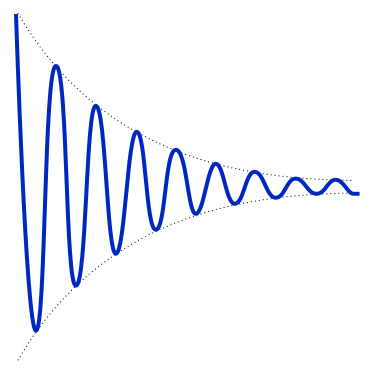Hi All,
Coming from a non electronic background one of the items I can't get my head around are capacitors. I understand to a certain degree as to what they are and what they do.
However, in terms of our search for overunity, should they be used except in the case of collecting radiant spikes?
My understanding is that in normal circumstances they require double the energy from a battery to get to the same voltage level. Surely that means that you are 50% down to start with!! I read that if I have an inductor in between the battery and a capacitor then this improves the performance. However, I don't see many people doing this. Why?.
The reason I am bringing this point up is that I am working on a tesla switch - bedini cole window motor hybrid setup. Initially I will be starting with 2 banks to 2 batteries. Long term, I would like to have 4 batteries in 1 bank and an array of capacitors in the other bank to push alot more voltage through the system. However, if the capacitors do waste alot of energy then I believe that the long term plan would fail before I start, yet one of the tesla switch setups is to use one battery with 2 capacitors switched between parallel and serial.
So are capacitors evil or is my head full of dung????
Coming from a non electronic background one of the items I can't get my head around are capacitors. I understand to a certain degree as to what they are and what they do.
However, in terms of our search for overunity, should they be used except in the case of collecting radiant spikes?
My understanding is that in normal circumstances they require double the energy from a battery to get to the same voltage level. Surely that means that you are 50% down to start with!! I read that if I have an inductor in between the battery and a capacitor then this improves the performance. However, I don't see many people doing this. Why?.
The reason I am bringing this point up is that I am working on a tesla switch - bedini cole window motor hybrid setup. Initially I will be starting with 2 banks to 2 batteries. Long term, I would like to have 4 batteries in 1 bank and an array of capacitors in the other bank to push alot more voltage through the system. However, if the capacitors do waste alot of energy then I believe that the long term plan would fail before I start, yet one of the tesla switch setups is to use one battery with 2 capacitors switched between parallel and serial.
So are capacitors evil or is my head full of dung????





Comment